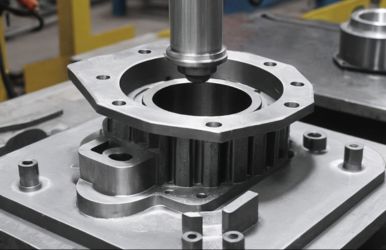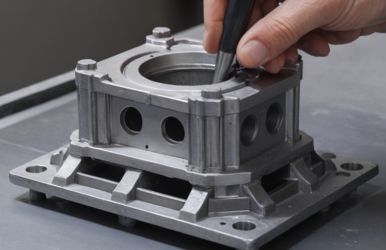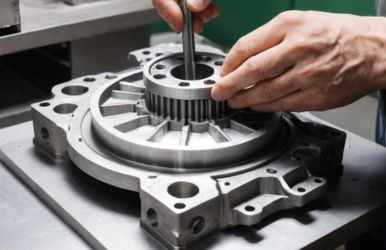Investment Casting vs. Traditional Casting Methods: What You Need to Know

When it comes to manufacturing, choosing the right casting method is crucial for achieving the desired quality and cost-effectiveness. Two popular techniques are investment casting and traditional casting methods like sand casting. Understanding their differences can help you make informed decisions for your projects.
Investment Casting
Investment casting, often referred to as lost-wax casting, involves creating a wax pattern that is coated with a ceramic shell. Once the shell hardens, the wax is melted away, leaving a precise mold for molten metal. This method excels in producing intricate designs with tight tolerances and a superior surface finish, making it ideal for industries requiring high precision, such as aerospace and medical devices.
Traditional Casting Methods
Traditional methods like sand casting involve creating a mold from sand and pouring molten metal into it. While sand casting is cost-effective for larger parts and simpler designs, it typically results in rougher surface finishes and less dimensional accuracy compared to investment casting. This can lead to additional machining costs and longer lead times.
Key Differences
- Precision: Investment casting offers superior dimensional accuracy and surface finish, often eliminating the need for secondary machining.
- Complexity: Investment casting can produce intricate shapes that traditional methods struggle to achieve.
- Material Versatility: Both methods can accommodate various metals; however, investment casting allows for a broader range of alloys, including ferrous and non-ferrous metals.
- Cost-Effectiveness: While investment casting has higher initial tooling costs, it becomes more economical for medium to high-volume production runs due to reduced waste and machining needs.
At Zeometrix, we specialize in both investment casting and traditional casting services. Our advanced techniques ensure that you receive high-quality components tailored to your specific requirements. With a commitment to precision and efficiency, Zeometrix stands out as your go-to partner for all your casting needs.

